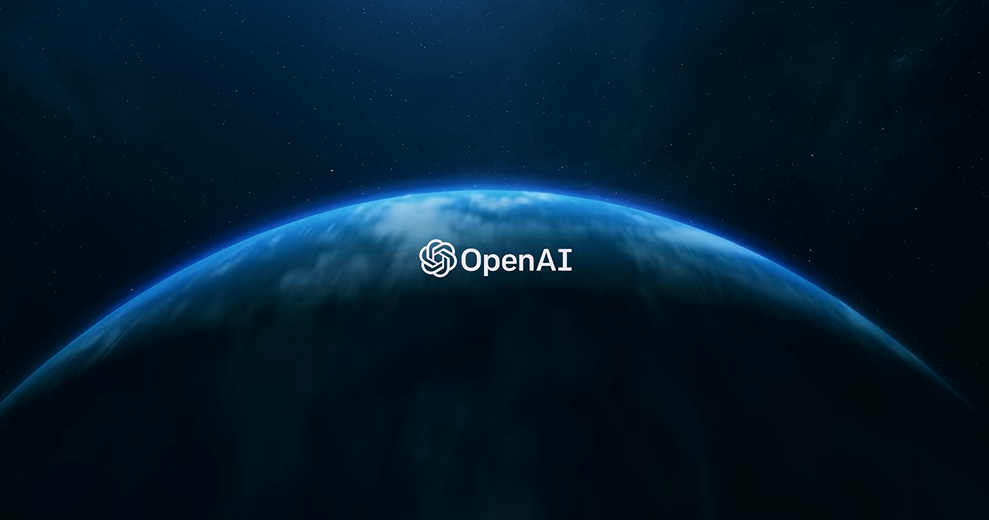 AI
AI
 AI
AI
 AI
AI
OpenAI’s Superalignment team, which focuses on addressing the risks posed by advanced artificial intelligence models, today published its first research paper.
The group was formed in June under the leadership of OpenAI Chief Scientist Ilya Sutskever and head of alignment Jan Leike. Over the next four years, it will have access to 20% of the compute capacity the company has “secured to date,” which is reportedly worth billions of dollars. The Superalignment team’s goal is to develop new ways of preventing advanced AI models from generating harmful output.
Current approaches to supervising AI models depend on human input. OpenAI’s concern is that human input may be insufficient to regulate a hypothetical future neural network with superhuman reasoning capabilities. If such a neural network would generate output that might be difficult for engineers to understand, such as a file containing millions of lines of code, manually checking the output for risks could become impossible.
That’s the challenge the paper published today by OpenAI’s Superalignment team seeks to tackle. The paper proposes to address the limitations of manual AI model supervision by automating the process. OpenAI is arguing that an advanced neural network could potentially be prevented from generating harmful output by a second, less advanced neural network.
The paper’s authors refer to their automated supervision method as weak-to-strong generalization. Before publicly detailing the method, they carried out an experiment to test its effectiveness. They used an AI model on par with GPT-2, a relatively simple language model OpenAI released in 2019, to supervise the company’s latest GPT-4 model.
The researchers identified an implementation challenge during the test: the quality of an advanced AI model’s output can be reduced by the less advanced model that supervises it. The issue is most likely to emerge when a user asks a question that is too complicated for the less advanced AI. If the advanced neural network answers a question correctly but the less advanced model believes that the answer is incorrect, it may block the output.
OpenAI’s researchers developed an algorithm to address the challenge. “We use a simple method that encourages the strong model to be more confident — including confidently disagreeing with the weak supervisor if necessary,” they wrote in a blog post that accompanied the paper.
The researchers applied the method to the experiment in which they used an AI model on par with GPT-2 to supervise GPT-4. The quality of the latter model’s output was reduced, but to a lesser extent than before. “We show that we can use a GPT-2-level model to elicit most of GPT-4’s capabilities — close to GPT-3.5-level performance — generalizing correctly even to hard problems where the small model failed,” they detailed.
OpenAI has released a collection of open-source code files designed to help developers test and refine its automated AI supervision method. Additionally, the company is launching a $10 million grants program to support research in this area. OpenAI will also support research projects that explore other approaches to supervising advanced AI models.
Support our mission to keep content open and free by engaging with theCUBE community. Join theCUBE’s Alumni Trust Network, where technology leaders connect, share intelligence and create opportunities.
Founded by tech visionaries John Furrier and Dave Vellante, SiliconANGLE Media has built a dynamic ecosystem of industry-leading digital media brands that reach 15+ million elite tech professionals. Our new proprietary theCUBE AI Video Cloud is breaking ground in audience interaction, leveraging theCUBEai.com neural network to help technology companies make data-driven decisions and stay at the forefront of industry conversations.